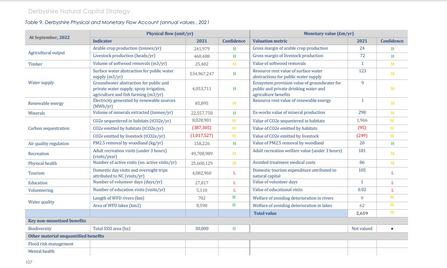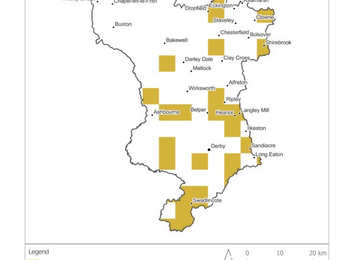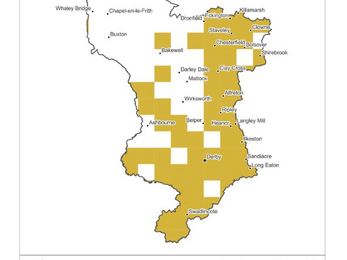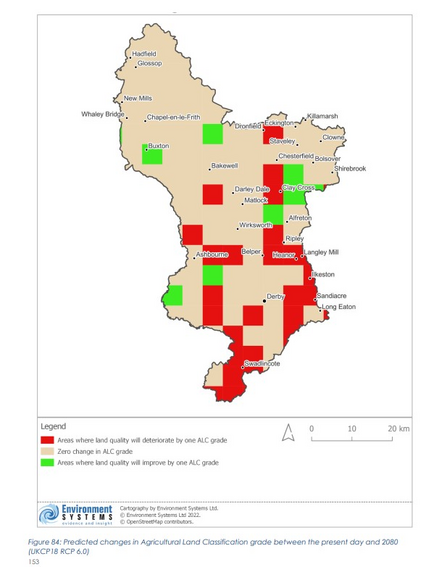Recently, Derbyshire County Council finalised a very significant report called The Natural Capital Strategy for Derbyshire. It describes the current condition of Derbyshire’s environment and all the ways in which it benefits people. The Council will publicly launch the report later this year, but in the interim, we’ve been digging into the detail for our supporters.
What is Natural Capital?
Nature supports all life on earth providing our food, fuel, building materials, fresh air, clean water and more. Natural Capital is the stock of natural resources (e.g. plants, animals, air, water, soils, minerals) that in addition to its intrinsic value, delivers benefits to people. The services people receive from nature are known as ‘ecosystem services’ including healthy soil, crops, timber, clean air and water, carbon sequestration, pollination, flood mitigation and more. Many ecosystem services aren’t recognised in conventional economic thinking, but they are absolutely vital to a functioning economy. A Natural Capital approach establishes the baseline of ecosystem services, allowing you to see what you currently have and the benefits they deliver.
Natural Capital Strategy for Derbyshire
That’s exactly what Derbyshire County Council have set out to do. Using the best available information, establish what value the residents get from Natural Capital, and how this baseline can be improved.
The findings are staggering. The total annual net value of ecosystem benefits and services produced within Derbyshire is £2.6 billion. Key benefit values include carbon sequestration by habitats (£2 billion, 77% of total benefits), mineral production (£298 million, 11% of total benefits) and recreation (£181 million, 7% of total benefits). The carbon sequestration benefits provided by habitats outweigh the GHG emissions produced by habitats (-£95 million) and livestock (-£249 million).




